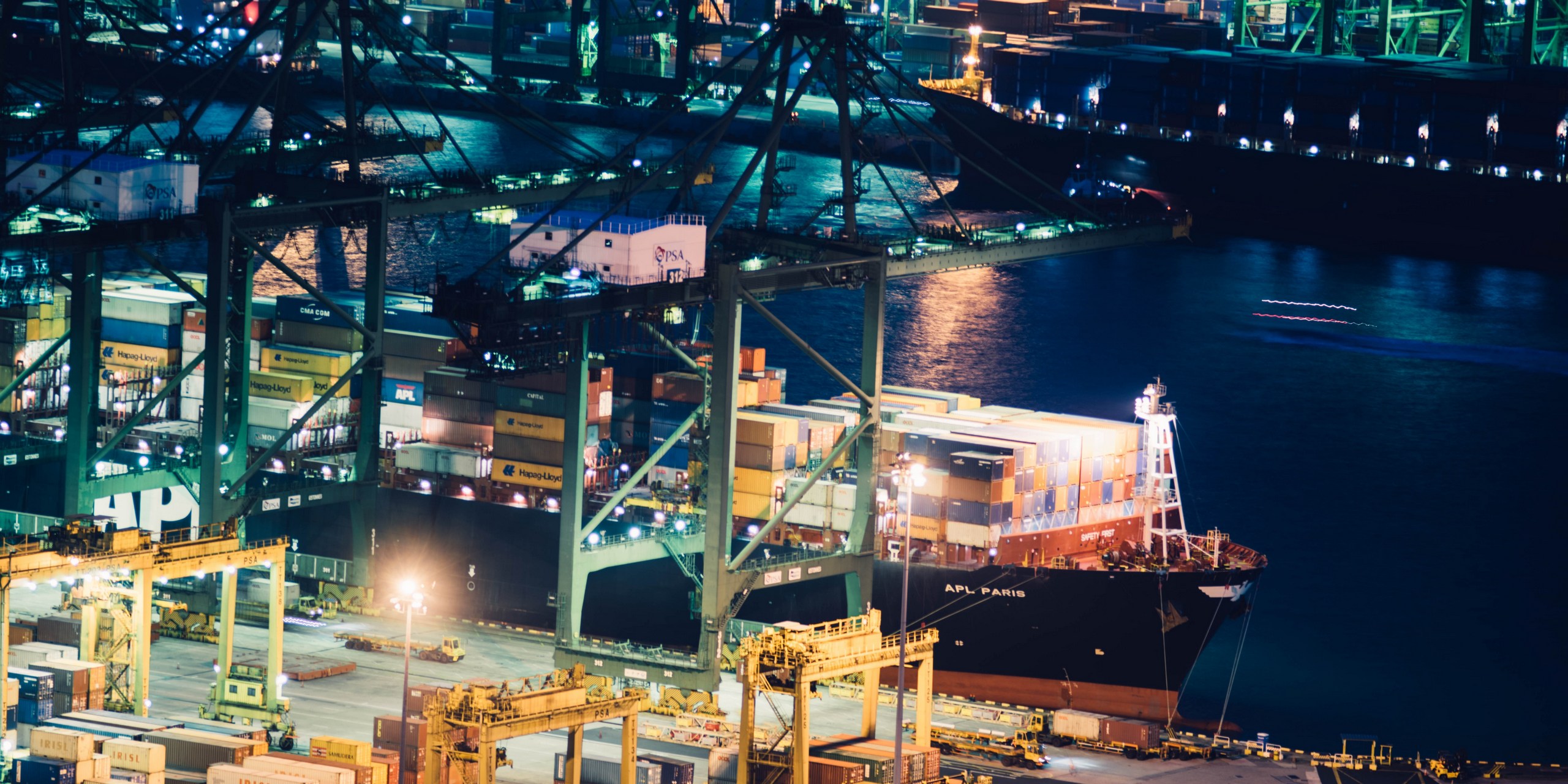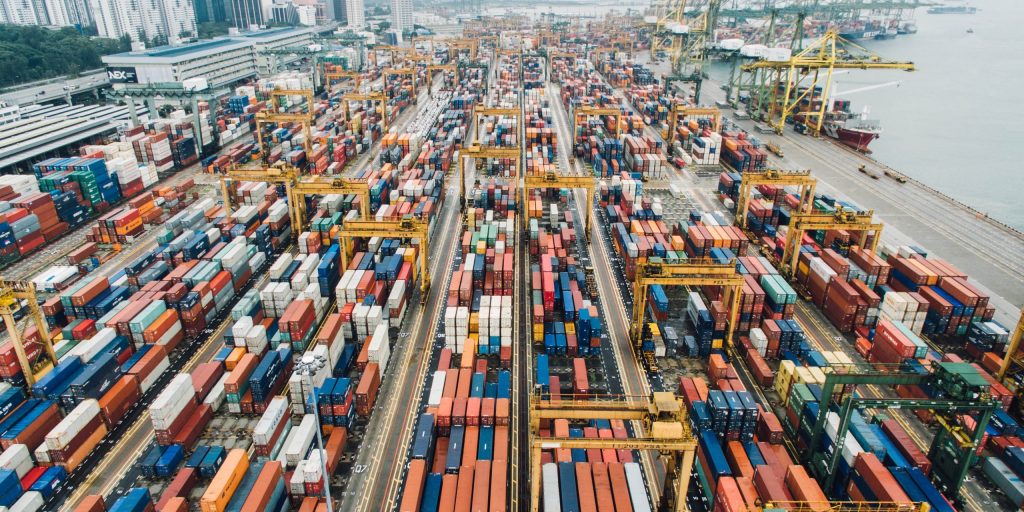Shippers and carriers of international freight remain optimistic about 2019 as the spot market starts to level off and a rate recession becomes a possibility for the trucking industry.
Upbeat Outlook
In a recent report on a global shipping, senior research analyst Benjamin Hartford and research analyst Andrew Reed, both of Baird, said the tone of shippers and carriers was upbeat regarding the outlook for this year. The volume of transpacific shipments are expected to slow in 2019 as a result of decelerating U.S. economic growth and the pull-forward of freight in the second half of 2018 that was related to the planned tariff increases on Chinese exports.
The amount of transpacific freight was a surprise in the second half of the year and led to port congestion in late 2018 and early 2019. Backlogs at West Coast ports started to clear as volumes softened in February with the start of the Chinese New Year.
This year retail shippers expect transpacific freight volume to rise between 3 percent and 5 percent, according to Hartford and Reed, noting that volumes might be lower in the first half of the year as a result of the inventory pull-forward in the second half of 2018.
Enjoying our insights?
Subscribe to our newsletter to keep up with the latest industry trends and developments.
Stay InformedInternational Freight Underwhelming
Analyst Jack Atkins and associate Andrew Hall, both of Little Rock-based Stephens Inc., said international freight flows through the first two months of this year were “underwhelming.” As a result, air and ocean carriers are reducing capacity to keep rates from falling. Ocean carriers canceled 35 sailings to the United States through early March, and the Ocean Alliance, which encompasses five major ocean carriers, plans to cancel 10 sailings in March and April. Freight tonnage for air carriers and forwarders fell in January and February, from the same months in 2018.
Carriers look to push for contract rate increases in the high-single digits to mid-teens, but shippers were somewhat resigned to higher contract rates. This came as a surprise to Atkins and Hall because, after shippers faced a 2018 peak season in which capacity was difficult to come by, they believe that shippers would want to commit to a contract to secure capacity and avoid a similar issue.
Shipping consulting firm Drewry expects a 2.5-percent rise in capacity and a 4- percent increase in volume for the transpacific market in 2019.
“As a result, while capacity is loose currently, with limited additional capacity slated to come into the transpacific this year, carriers are pushing the narrative that 2019 will see the supply/demand imbalance swing into the carriers’ favor in the second half of the year,” according to Atkins and Hall.
US-China Trade Agreement
Carriers and shippers expect a trade agreement to be reached between the United States and China in the first half of this year, according to Hartford and Reed. The recent uncertainty in trade and global politics have led carriers and shippers to restrict capital investment plans for growth.
Requirements to reduce the amount of sulfur in marine fuel go into effect Jan. 1, 2020, and will likely lead most carriers to purchase more expensive fuel to comply as only about 2 percent of the carriers are expected to have scrubbers installed by 2020, said Hartford and Reed.
The requirements are expected to increase costs by $15 billion for the container shipping industry. Carriers will try to pass the higher fuel costs on to customers, and a pull-forward of freight is expected in late 2019 ahead of the higher rates expected in early 2020.
Carrier Consolidation

are expected to be flat or down this year, according to some analysts, but Hartford and Reed expect contract prices to rise in the low-single-digits over the 2019 bid season. Spot prices were down about 15 percent early this year, and as of February, dry van rates have fallen 11.3 percent from the same month in 2018, according to DAT Solutions.
Freight Recession v Rate Recession
A freight recession is possible, but a rate recession likely is an easier call to make as truck supply and freight demand become unbalanced, according to ACT Research.
Kenny Vieth, President and Senior Analyst for ACT Research
“Where there is a very low probability and no expectation of an economy-wide recession this year, freight-related data points have been sufficiently bad in breadth and duration to note that a freight recession is possible,” said Kenny Vieth, president and senior analyst for ACT Research. “That said, slower freight growth, an easing of driver supply constraints, the resumption of the long-run freight productivity trend, and strong Class 8 tractor fleet growth will increasingly pressure rates and by extension, trucker profitability this year.”
























